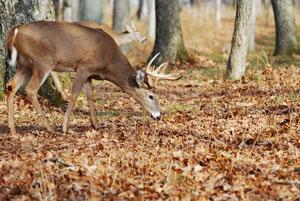
Recreation
Kentucky Afield Outdoors: Modern gun season for deer opens Nov. 13; unusual conditions will test hunter skills
A huge acorn crop, the late arrival of cold weather and drought conditions across most of Kentucky could ... Read more

A huge acorn crop, the late arrival of cold weather and drought conditions across most of Kentucky could ... Read more